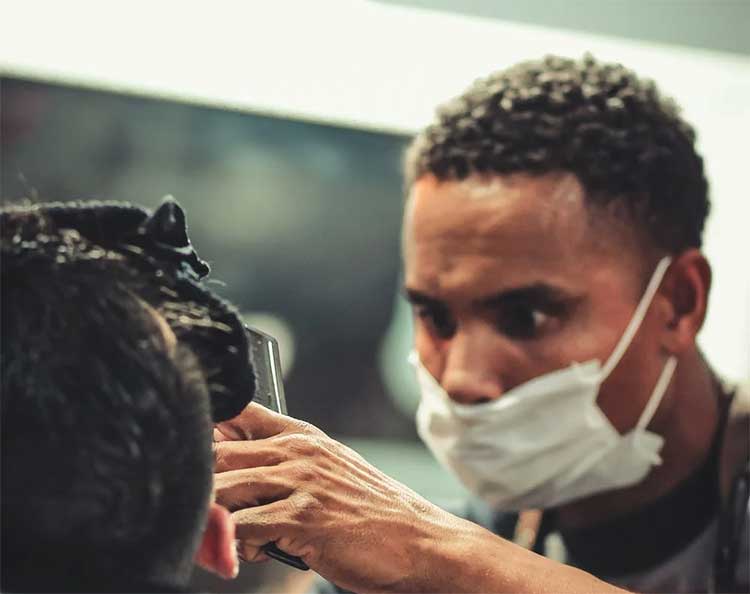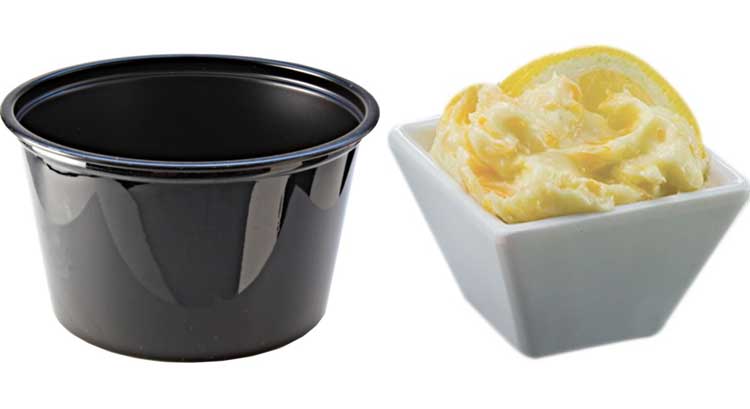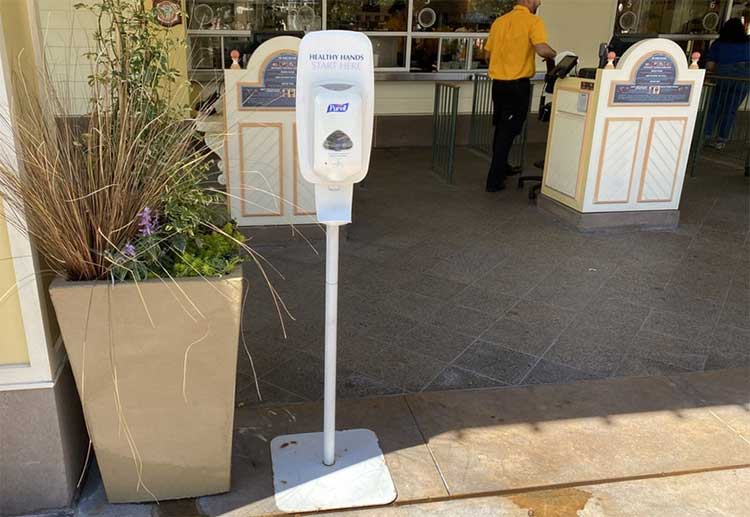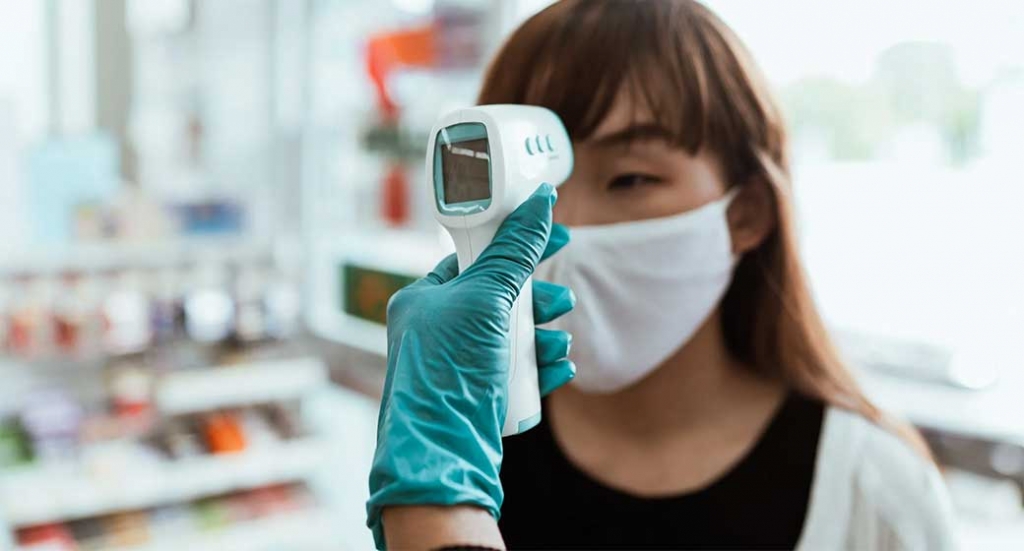The New Normal: Part of a new series of articles focused on restaurant recovery; issues, best practices, and process changes that will become part of everyday business going forward.
The restaurant industry has been hit harder than almost any other industry during the global pandemic. But the recovery is underway, slow as it may seem at times. Restaurant dining rooms are reopening with state-specific restrictions. And customers have shown a willingness to return to eating out. But customers also need to feel safe in making that choice. So what can a restaurant do to help reassure their customers? Let’s dive into the details of safety cues for dine-in restaurants.
Make Safety Obvious
There are probably dozens if not hundreds of things that restaurants have had to change and adapt to during these crazy times. Many of these changes directly impact customer safety. But these changes may also be subtle, if not invisible, to the customers themselves. So, as the restaurateur, you need to make these accommodations much more obvious and visible to help reassure your customers.
A survey conducted by global consulting firm AlixPartners and shared with the Nations Restaurant News indicates that customers are continuing to warm up to the idea of dining out. But they also have a strong need to feel safe in making that choice.
So how can a restaurant demonstrate its commitment to safety to its customers? You have to both tell them and show them what you are doing to keep your customers safe.
Some of these ideas may seem obvious, but if you are not amplifying these messages enough, you may be sending the wrong signals (or weak signals) to your customers about the safety of dining in your establishment.
Signs, Signs, and More Signs
The best way to make your safety efforts known to your customers is to tell them directly. But rather than having a lengthy conversation with every customer that enters your business, good use of signage is an excellent proxy.
Signage starts even before a customer enters. Signs outside your restaurant should both set the tone and help to manage customer expectations. Probably the most important pieces of information to establish are your mask and social distancing policies. Most states are requiring mask usage for any patron who is not seated. Similarly, there are party size restrictions in most states as well. Letting people know this before there is a conflict inside your restaurant can go a long way to calming nerves and smoothing the process.
Once inside the building, signs can take many more forms. These can include floor signs to demarcate 6-foot distances for any spaces where lines are possible. It can be signs on your bathrooms to discuss enhanced cleaning protocols and stress the importance of handwashing for 20 seconds.
It is better to err on the side of over-communicating. Tabletop signs can help to manage customer expectations, especially if there are changes to your menu or processes that customers need to be aware of. Tell them what you are going to tell them. Then tell them. Then tell them what you just told them. It’s all about clear communication.

Staff Sets the Example
The best thing you can do is to train your staff on the importance of demonstrating safety cues. Things like proper mask usage by your staff say much more about your establishment than any reassurances you might try to provide. If your customers see employees not wearing masks or routinely wearing masks below the nose, they may assume that the rest of your establishment is lax with regard to safety protocols.
Review proper mask use with your employees. This is the #1 issue we hear from customers about restaurant safety during the global pandemic. We completely understand that the virus is airborne and not likely to be passed along by properly prepared and handled food sources. But again, this is about safety signaling to your customers and if some of your staff gives the impression that they are careless, your entire restaurant will be painted with that same brush.
Review proper disposable glove use with your employees. Just as with mask usage, glove use is a highly visible signal for your customers. But bad practices in using disposable gloves can be just as bad as not wearing gloves at all. So teach your employees when to change gloves, including proper technique for removing gloves to avoid cross-contamination.
Specific Tactics that are Safety Cues for Dine-In Restaurants
There are numerous things you can be doing or highlighting that, when taken all together, will help to amplify the safety cues for your dine-in restaurant.
Take Customer Temperatures
By taking customer temperatures before they enter your establishment, you are sending a strong signal that you are taking customer safety very seriously. A good no-touch thermometer is a great investment for this task. It works in seconds and is contactless.
Keep in mind that you should also have a policy and strategy in place to redirect customers whose temperatures exceed your allowable threshold.

Provide Disposable Masks for Customers if Needed
Having disposable masks available for your customers is very important. If a customer shows up and did not bring a mask, having one available is preferable to simply denying them access. Plus, while in your restaurant, a customer’s mask might break or become otherwise unusable. So having a ready replacement for the customer just seems like a good customer experience.
One note on using disposable masks in this manner: It’s probably best to have individually wrapped disposable masks for you to distribute to customers. Again, this is just a small yet powerful signal that you value the customer’s safety and well-being.
Use Disposable or Touchless Menus
Menus are some of the dirtiest items found in most restaurants. So using disposable menus is a very strong signal in this case. An even better idea might be going completely touchless with your menu. You can create your very own touchless menu in just a few simple steps.

Use Single-Serve Condiments & Disposable Flatware
Having shared condiment bottles or salt & pepper shakers is strongly discouraged at this time. But you have a couple of options. You can use single-serve condiment/spice packets. This is pretty straight forward. But you can also use individual portions served in a ramekin.
Ramekins come in a variety of sizes and styles. Depending on your restaurant’s style, using a ramekin for condiments may be more aligned with your brand than something like ketchup packets.
Additionally, you can use disposable condiment cups or reusable ramekins that can be easily sanitized in your commercial dishwasher. Your commercial dishwasher can be an effective tool in fighting the coronavirus.
Both ways are acceptable. It’s simply a matter of choice and style preference.

Have Easy Access to Hand Sanitizer in Multiple Locations
When the global pandemic first exploded, hand sanitizer was one of the most sought after products. The use of hand sanitizer (along with good handwashing techniques) is on the front line in fighting the COVID-19 outbreak. Having easy access to hand sanitizer is a great service for your customers to help them feel in control of their experience in your restaurant.
There are companies that make single-serving packets of hand sanitizer. However, anecdotal evidence suggests that your guests will pocket these packets if they do not use them. This can get expensive very quickly.
A similar situation will likely occur in simply putting hand sanitizer dispensers on the tabletops.
As an alternative, consider dedicated sanitizer stations strategically located throughout your space.
Locations like the bathroom entrance/exits, your waiting area, and other heavily trafficked areas are the perfect locations for dedicated sanitizer dispensers.
Leaning into Safety Cues for Dine-In Restaurants
The recovery of the restaurant industry is dependent on customers feeling safe enough to return to restaurants. Using safety cues like the ones discussed above are as important as nearly anything you can be doing during this time. Consider adding content to your marketing & advertising that spotlights the precautions you are taking. Use your social media accounts to share this information as broadly as possible.
Safety cues are critical indicators for customers. If you don’t make the cues strongly enough or communicate them broadly enough, you are just making it harder on your business to attract the customers it so desperately needs right now. So, lean into those safety cues for dine-in restaurants and let’s keep the recovery rolling!



